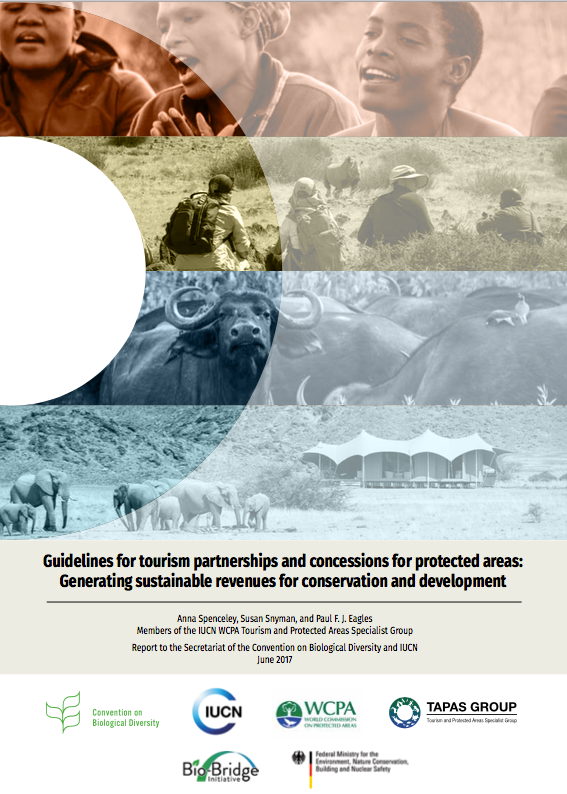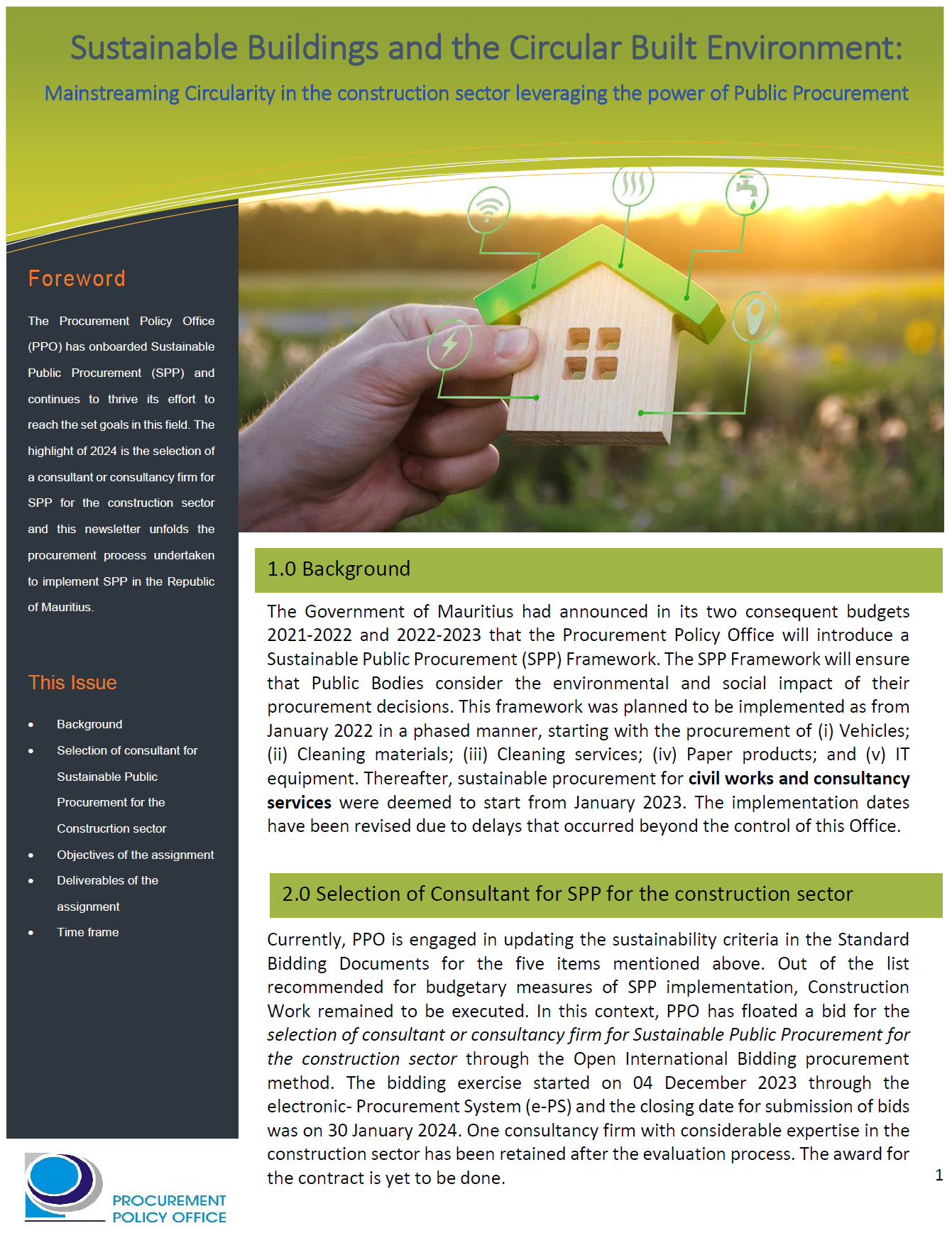Tourism partnerships and concessions in protected areas
The guidelines were developed under the “Tourism partnerships and concessions in protected areas: Cooperating for success” project, executed on behalf of the CBD Secretariat by the Tourism and Protected Areas Specialist Group (TAPAS Group) of the IUCN World Commission on Protected Areas. They were funded by the Federal Ministry for the Environment, Nature Conservation, Building and Nuclear Safety of Germany and by the Government of the Republic of Korea through the Bio-Bridge Initiative.
In 2012, Parties to the Convention on Biological Diversity recognised the tourism sector as the largest global market-based contributor to the financing of protected area systems in many countries. They noted that under appropriate safeguards, tourism can contribute to protected areas through partnerships and concessions without jeopardizing biodiversity. However, many countries currently underutilise tourism as a means to contribute towards the financial sustainability of protected areas. The new guidelines are designed to assist countries in addressing this gap.
The preparation of the guidelines was spearheaded by three members of the TAPAS Group: Dr Anna Spenceley, Dr Susan Snyman and Professor Paul Eagles. Government representatives from the ministries of tourism and environment, protected area agencies, and tourism boards in Botswana, Lesotho, Madagascar, Malawi, Mozambique, Namibia, Seychelles, South Africa, Swaziland, Tanzania, Zambia, and Zimbabwe who participated in a regional workshop hosted by the iSimangaliso Wetland Park Authority in May 2017 contributed to the guidelines. Representatives of the CBD, IFC, UNWTO and members of the TAPAS Group also provided input.


